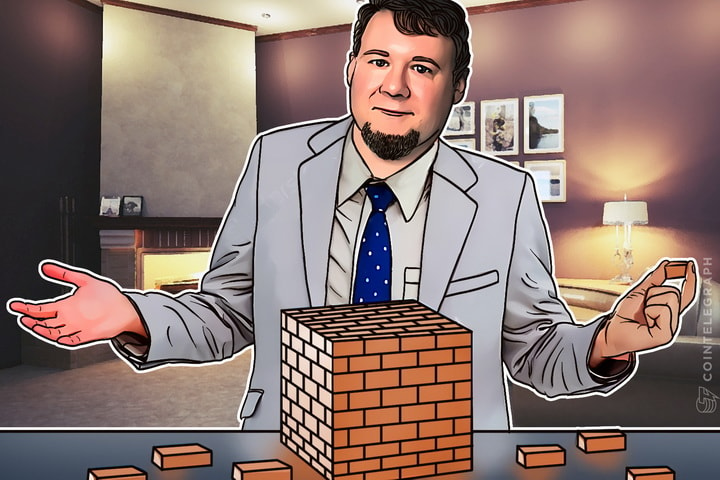A recent Princeton University study finds that a cap on max block size is necessary in a situation where mining rewards are entirely made of transaction fees.
Miles Carlsten with Arvind Narayanan acting as advisor have assumed that ‘miners have the capability of claiming all possible transactions available in their next block.’ Based on the game theory analysis and simulations the study concludes that orphaned blocks would increase substantially as miners aggressively fork each other.
Miner strategies
Describing a ‘petty compliant miner strategy,’ the simulation suggests that if a miner claims all fees in a block, leaving nothing for other miners, the most rational course of action would be to fork by claiming less fees, leaving some fees for the next block. As the block containing less fees would be more beneficial for other miners, the entire network is likely to decide to mine on the less ’wealthy’ block.
A natural equilibrium is eventually reached where miners claim a certain amount of total fees, leaving a backlog. Their selection, however, would not be dependent on the fee rate paid by users, but on the total value waiting in the backlog, thus creating potentially unbounded confirmation times with severe effects on usability.
“In order to solve the problem, the backlog must contain a significant volume of value in transaction fees, not just a large number of transactions… The backlog must also be large enough that it rarely, if ever, empties. This means that users who submit transactions to be published may need to wait for potentially unbounded amounts of time for their transactions to make it into the Blockchain.”
Increasing an effective hashrate
The study further analyses the Selfish Mining strategy (where a miner does not publish their block until they find another block, thus increasing their effective hashrate) under fees only mining reward and finds that the strategy would be profitable for any miner, regardless of their hash share.
The conclusions of the study that the ‘value to a miner of mining a block changes over the timescale of the block… in the case of transaction fees and large blocks,’ leading to an increase in orphan rates and lower security or unbounded confirmation times, is likely to have an impact on the on-going blocksize debate.
Changing value
“The value to a miner for mining a block must not change with time…. the assumptions… that miners have the capability of claiming all possible transactions available in their next block…. does not hold if the block size is small and there is a backlog of transactions. In this case, immediately after a block is found, all miners searching for the next block can immediately fill the block with transactions, making the system more similar to how it is with a block reward.”
In finding that the solution is a backlog in value, mimicking the constant fixed minting reward, the study brings much-needed analysis and clarity to the, at times, very heated blocksize debate.
A weekly backlog cycle
However, much further work is needed in this area. Specifically, the Bitcoin network has been running at around full blocks for the past six months, but a constant backlog in value has not yet been seen. From simple observation, it seems that a cycle is created whereby a backlog arises during the week and then clears during weekends.
Of particular note, as the price has considerably increased during the past few days with capacity running at times as high as four transactions per seconds, a significant backlog has nonetheless not materialized.
Transition to the rewardless system
It is unknown, therefore, whether users would create such backlogs at this specific time, raising questions of how to make a transition to the eventually minting rewardless system.
The current plan is to implement a capacity increase of around 1.7 – 1.8MB through segwit, with a gradual transition to the Lightning Network where the Blockchain determines the number of users who can make one or two transactions to access the Lightning Network with transaction capacity thereafter effectively unlimited.
However, much of the system is new and untested, therefore it is unclear how it will operate in practice, but the Princeton study and the Cornell study may hopefully bring some much-needed clarity to the Great Blocksize Debate and, one hopes, some scientific resolution.
